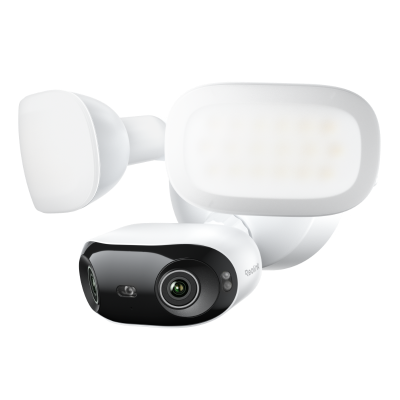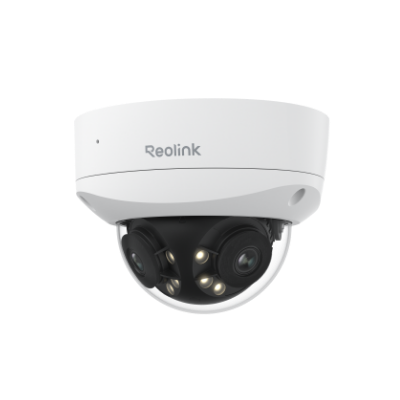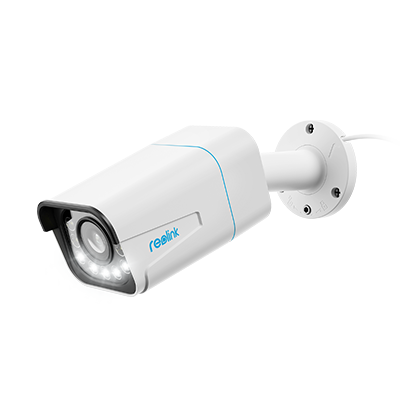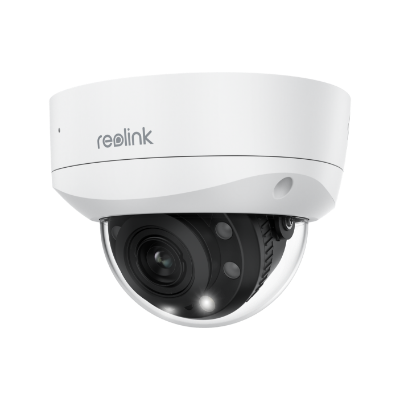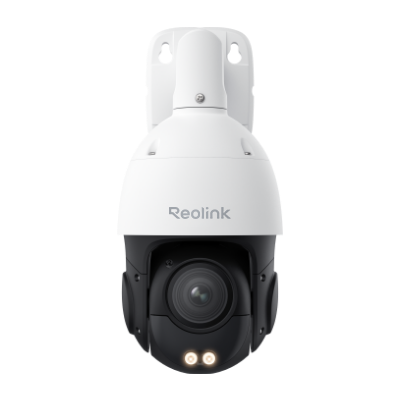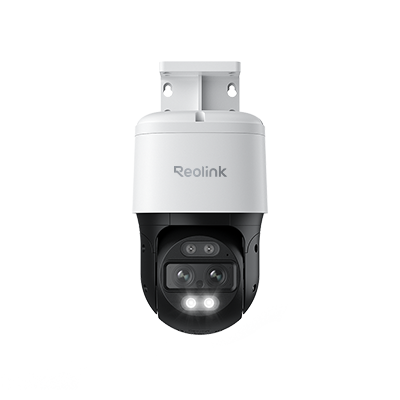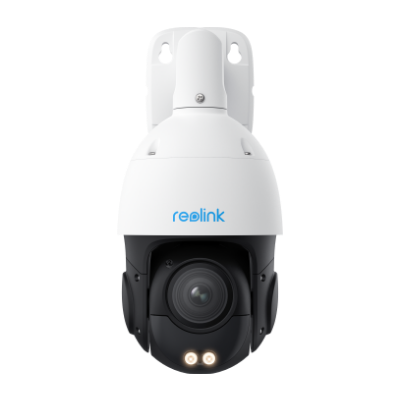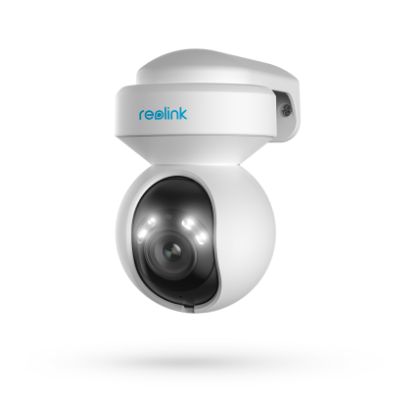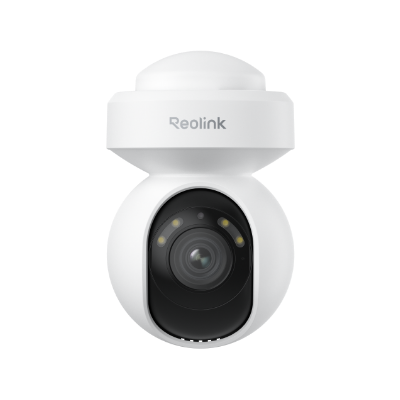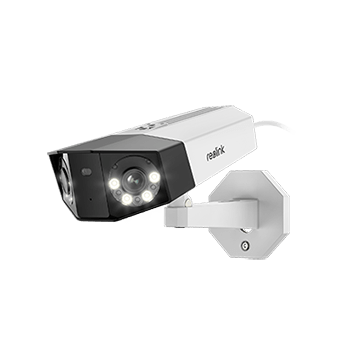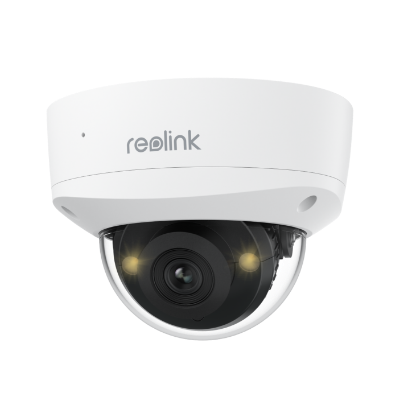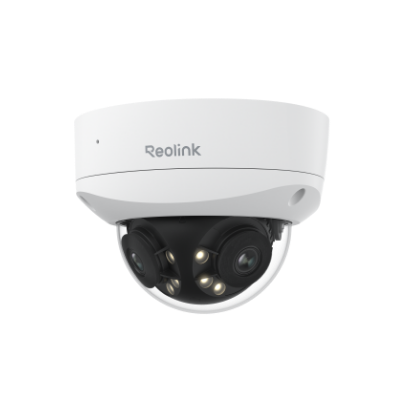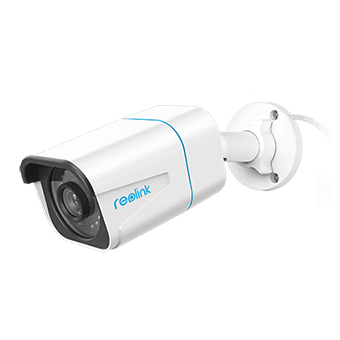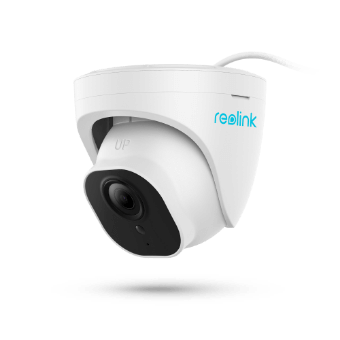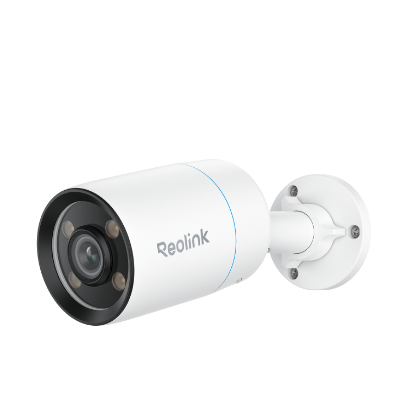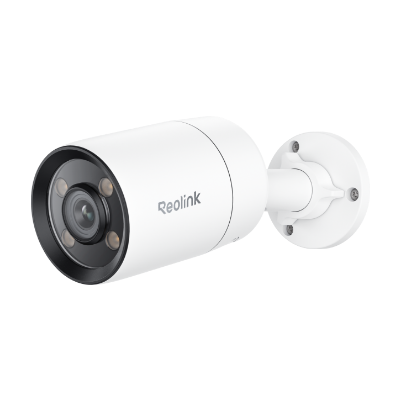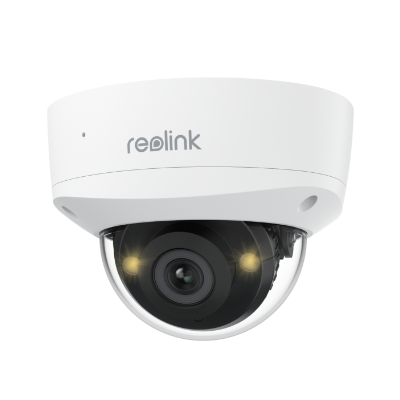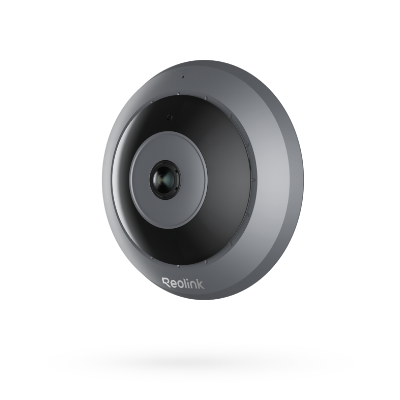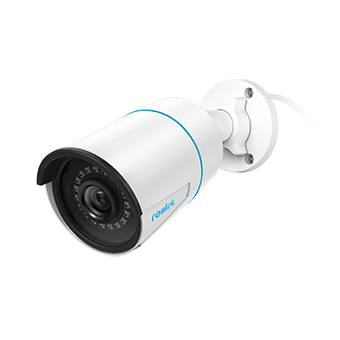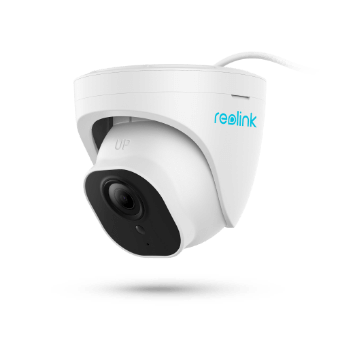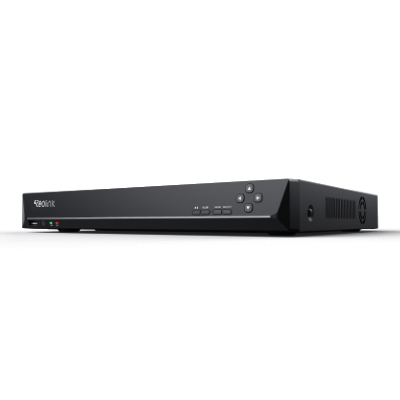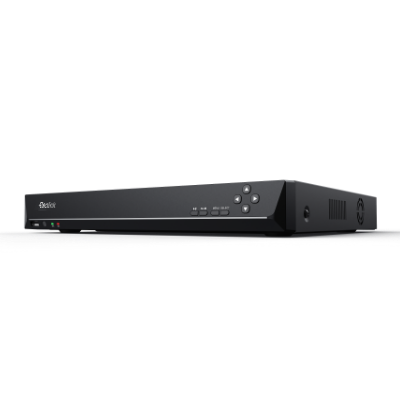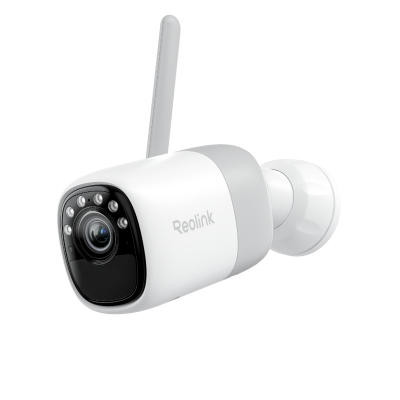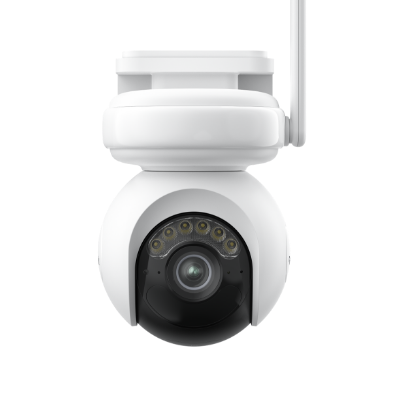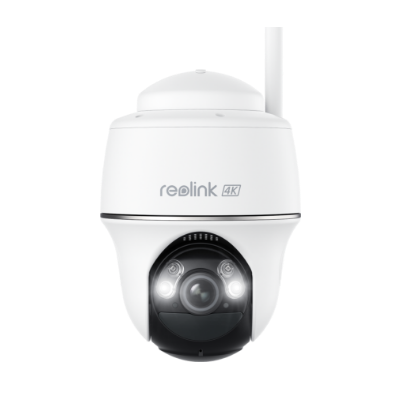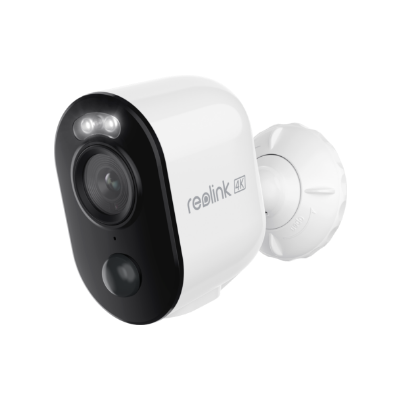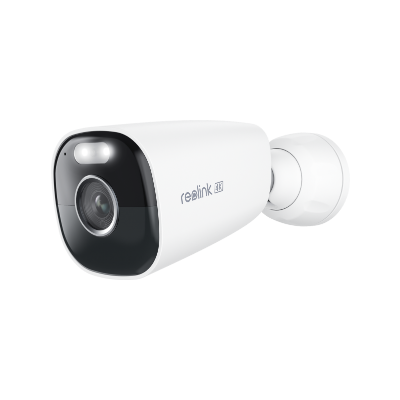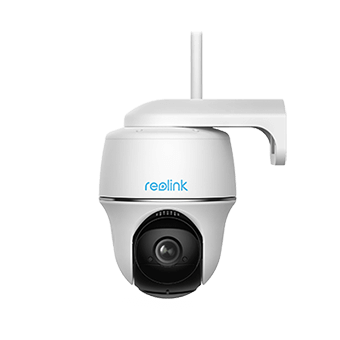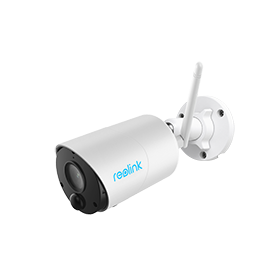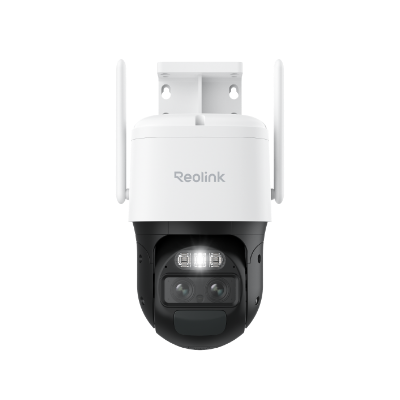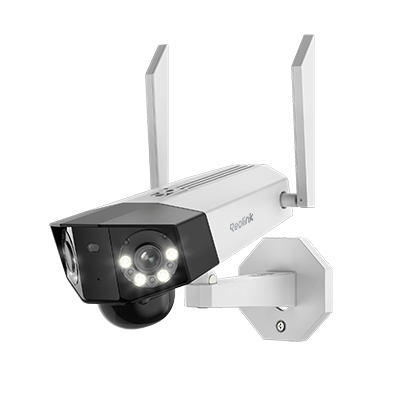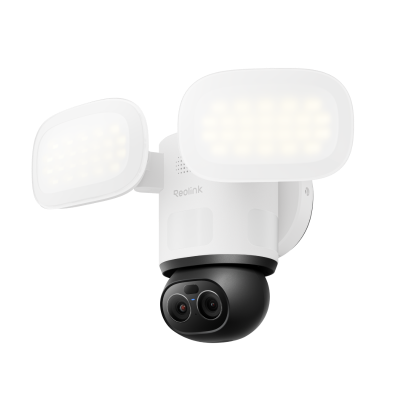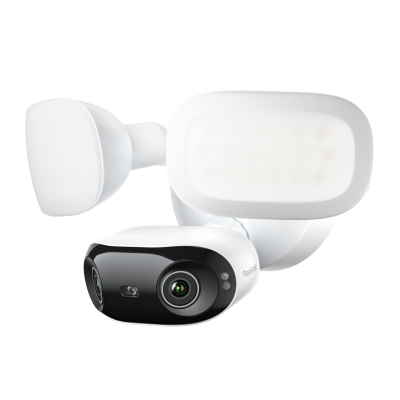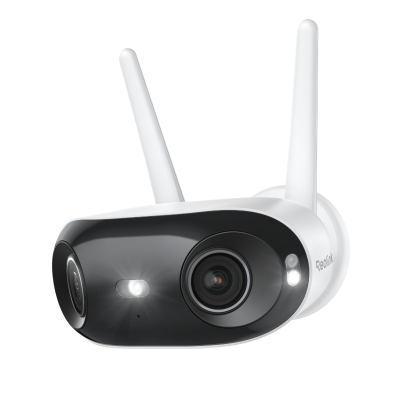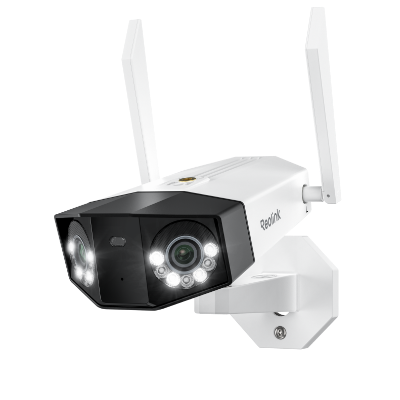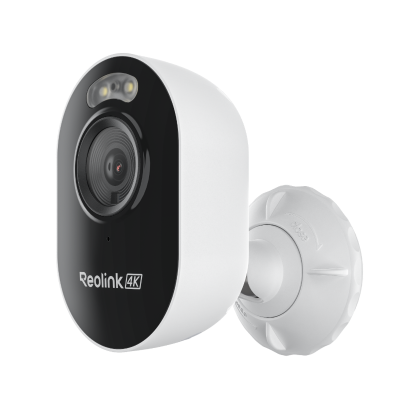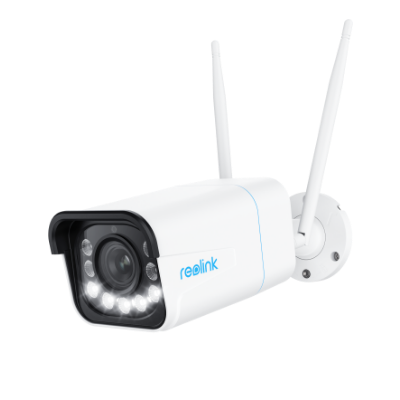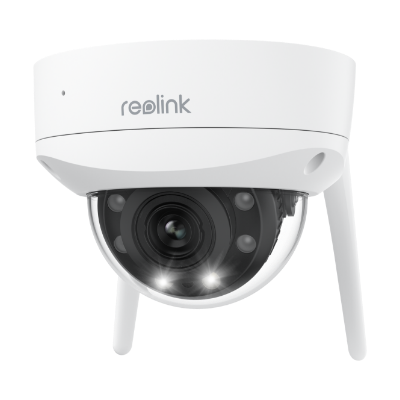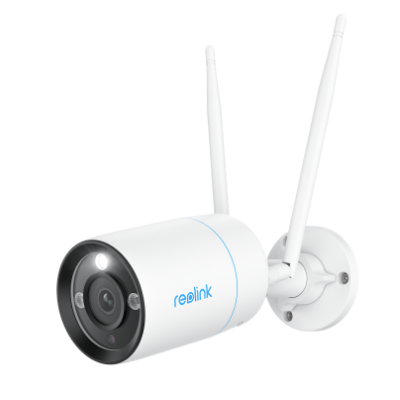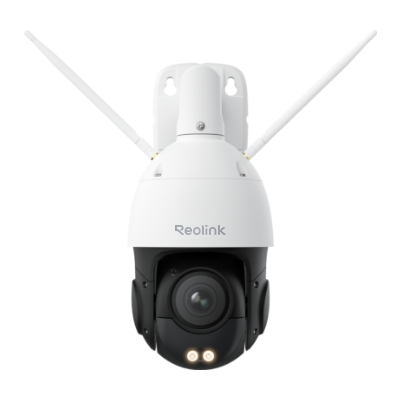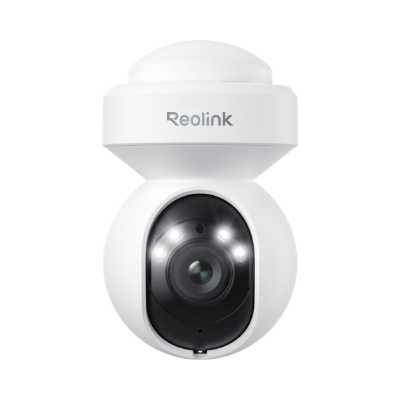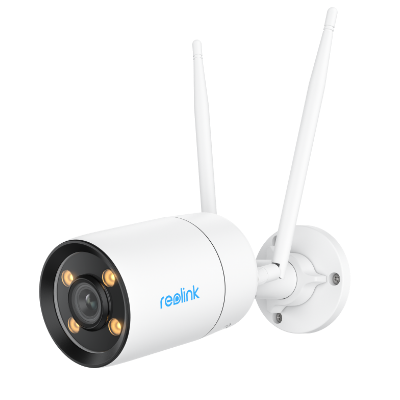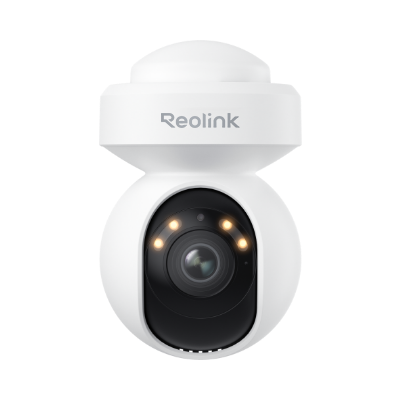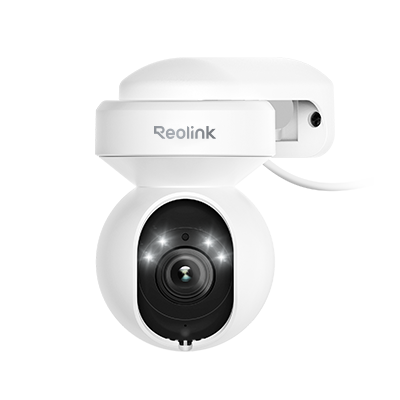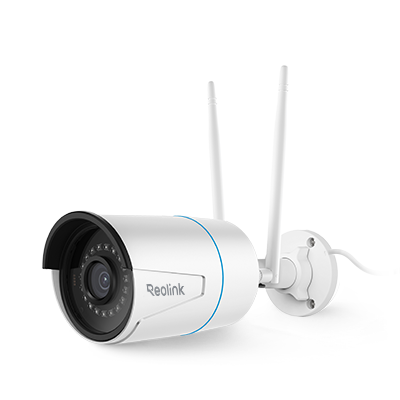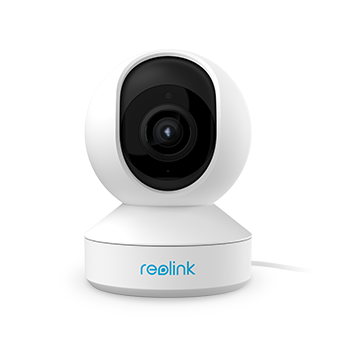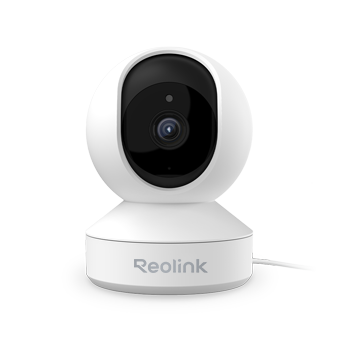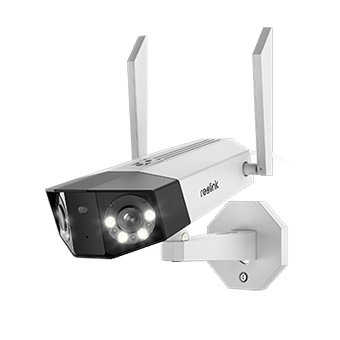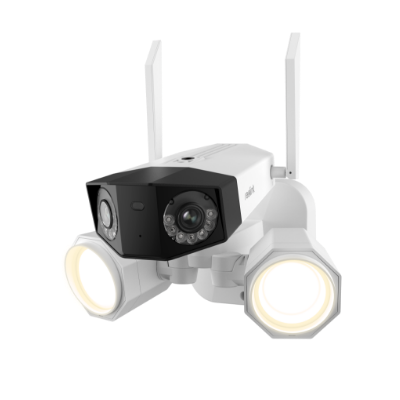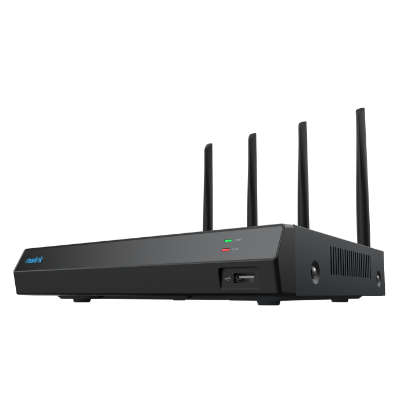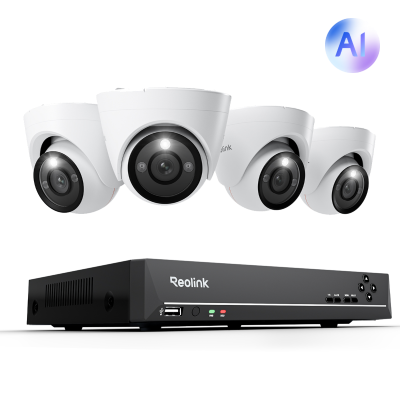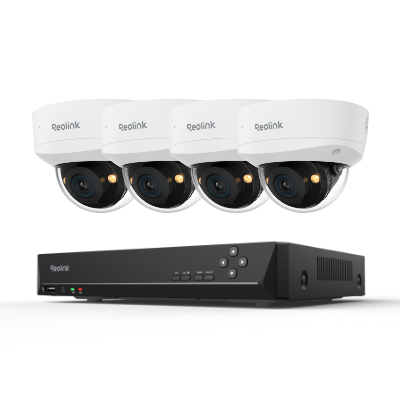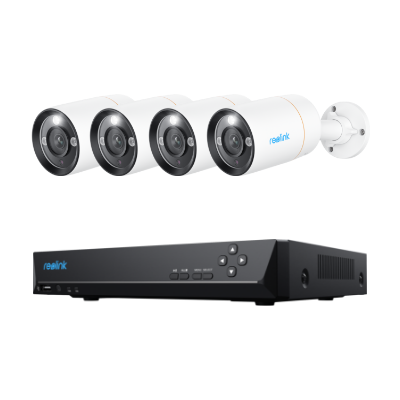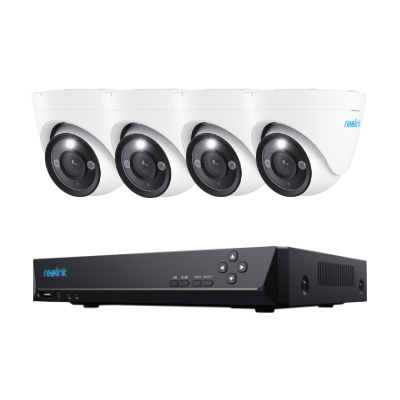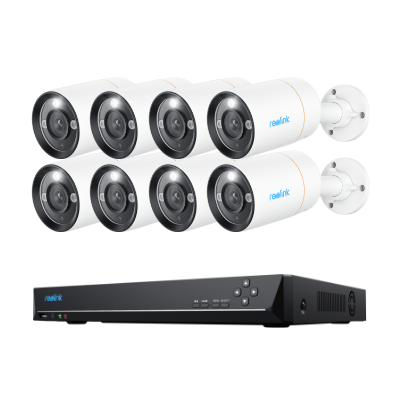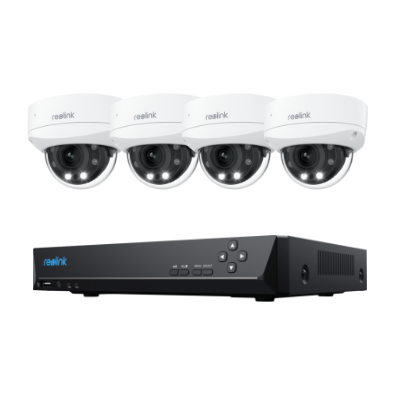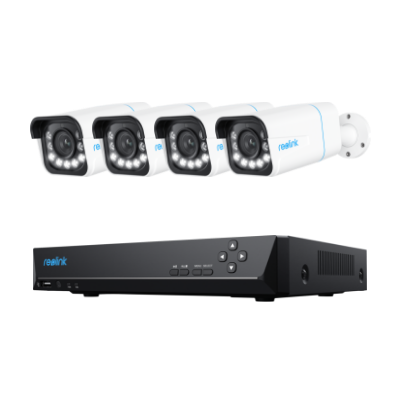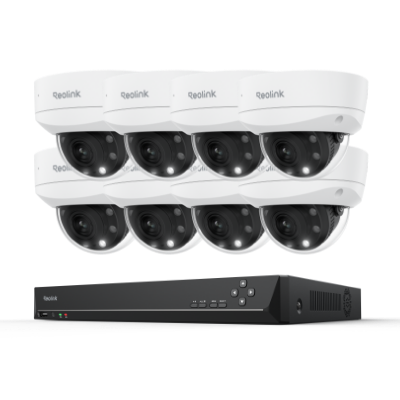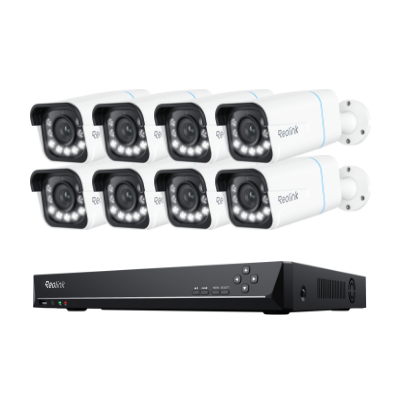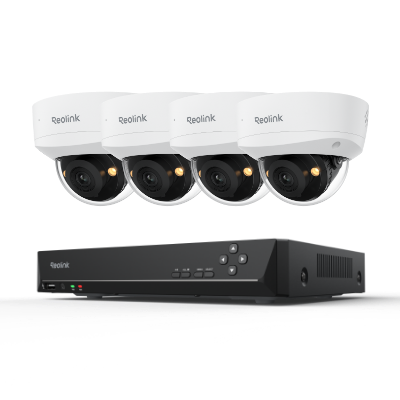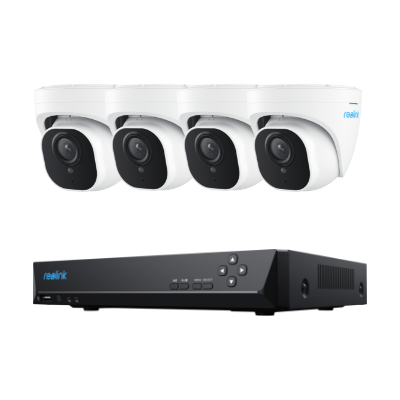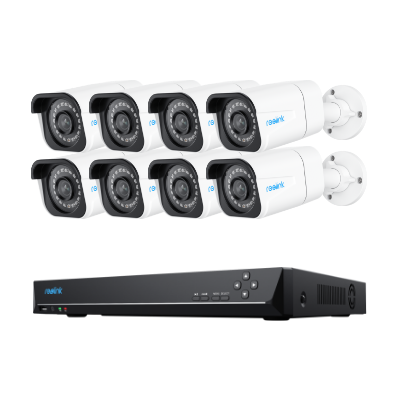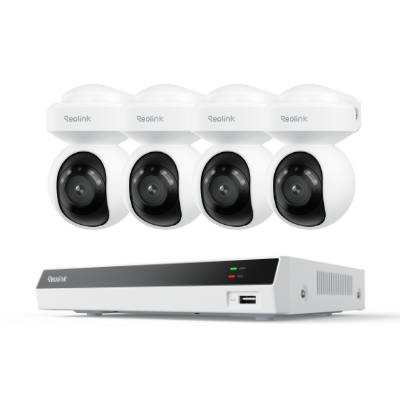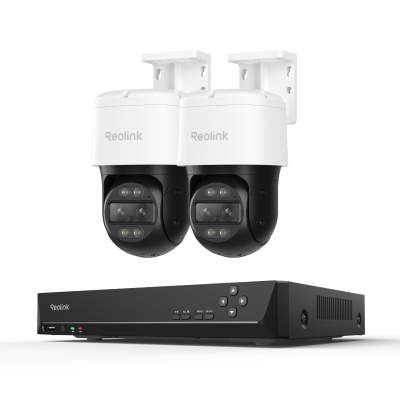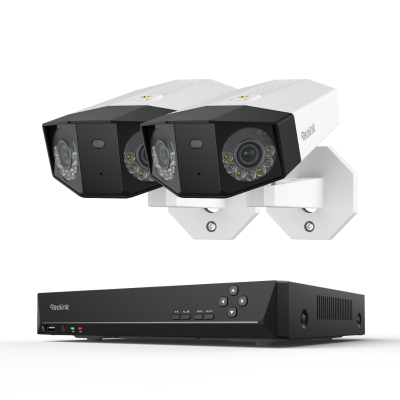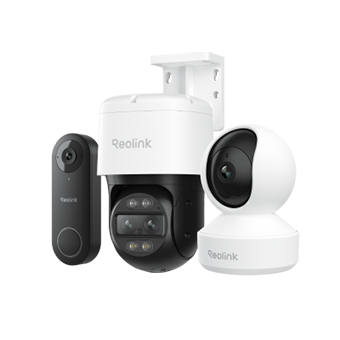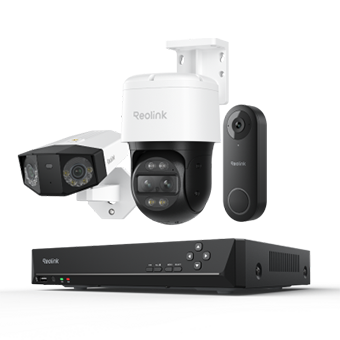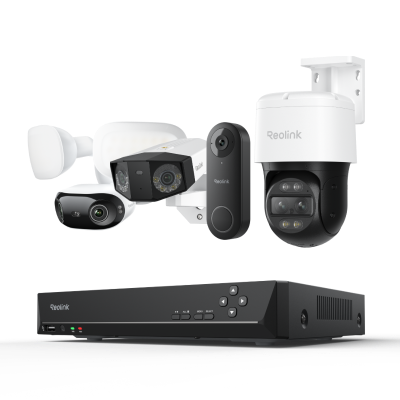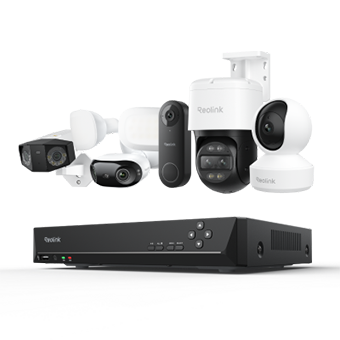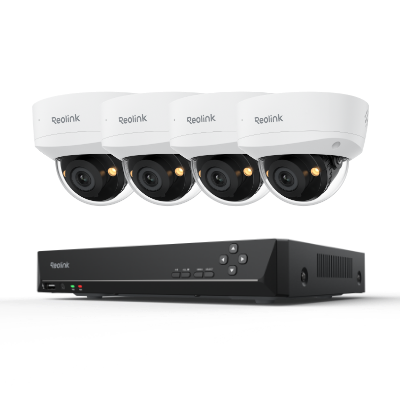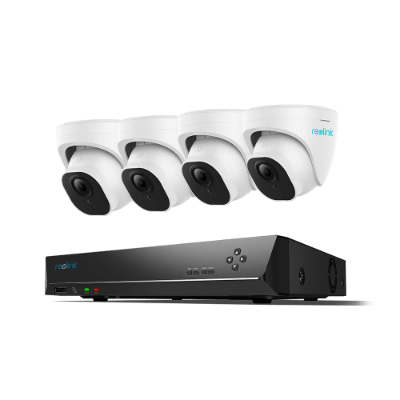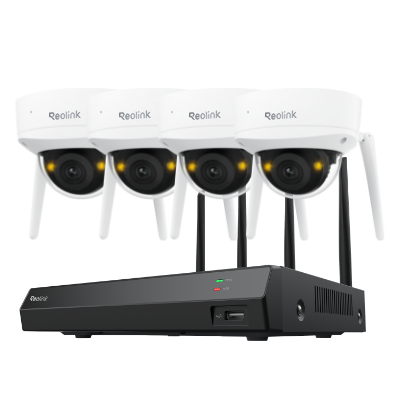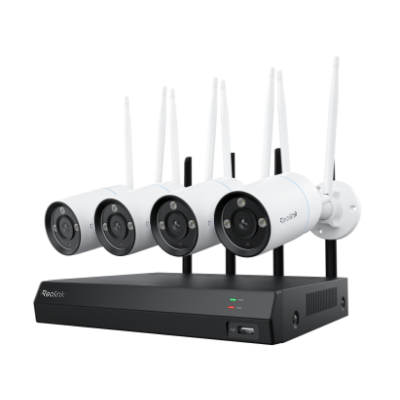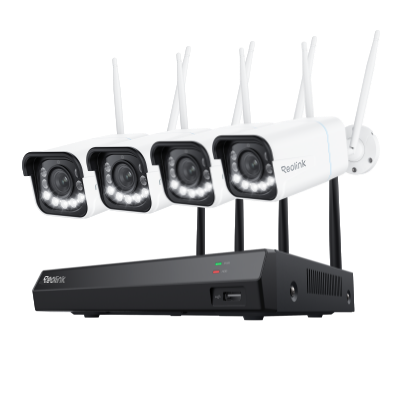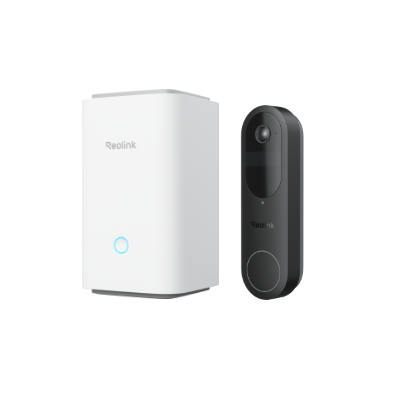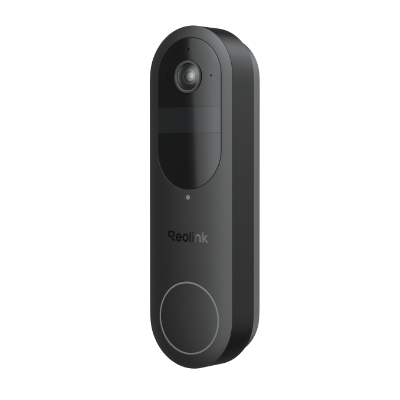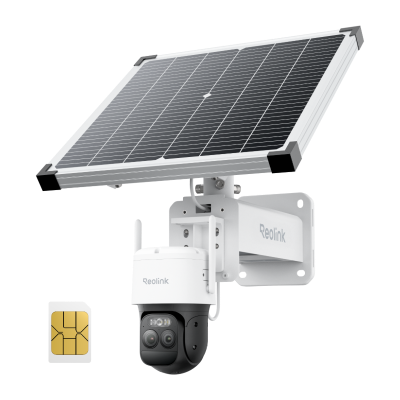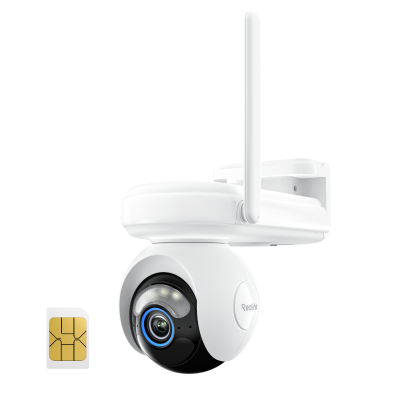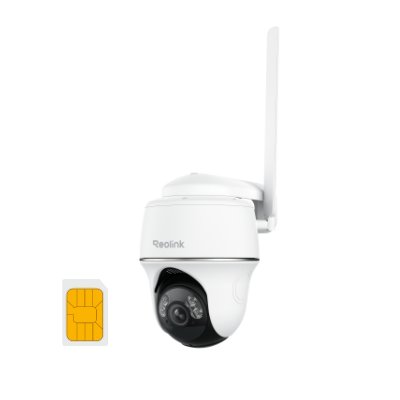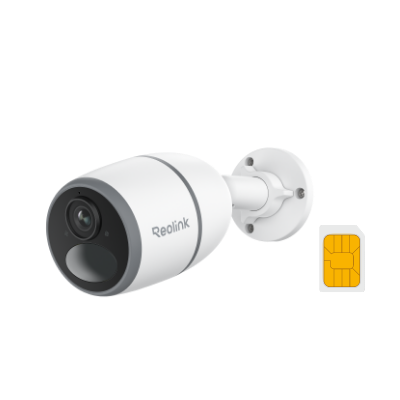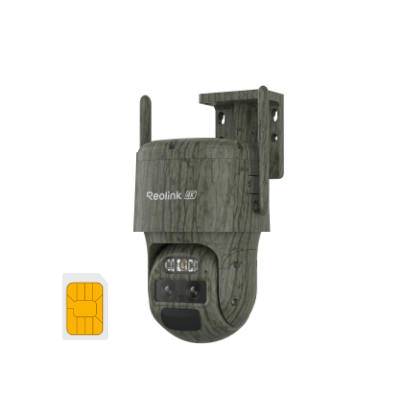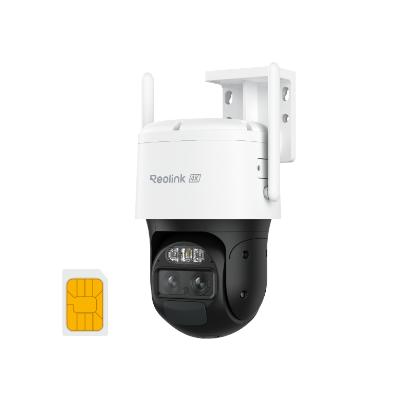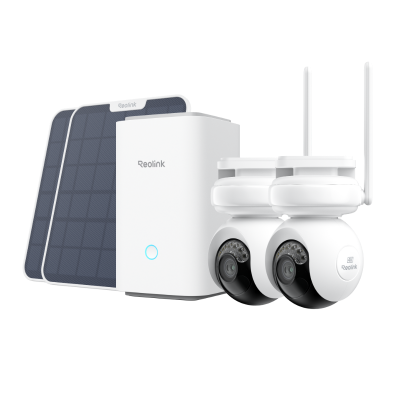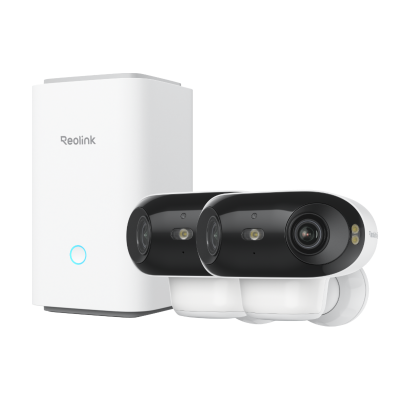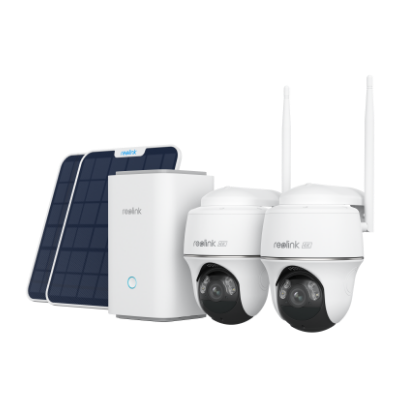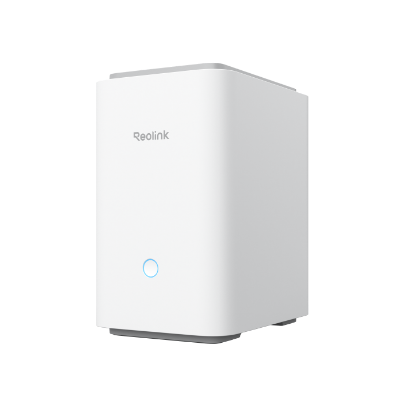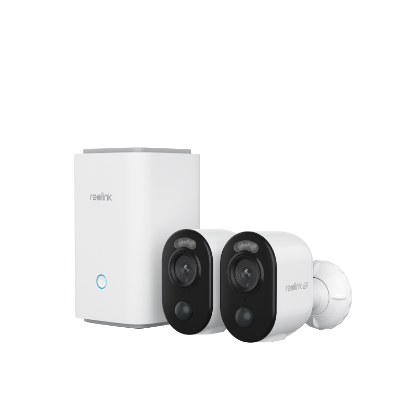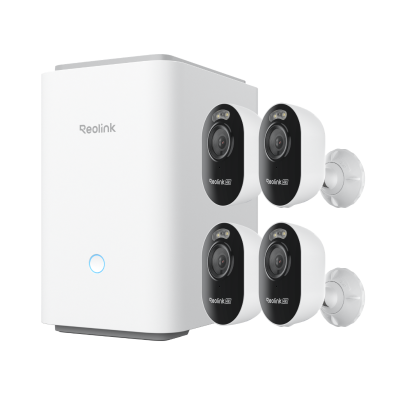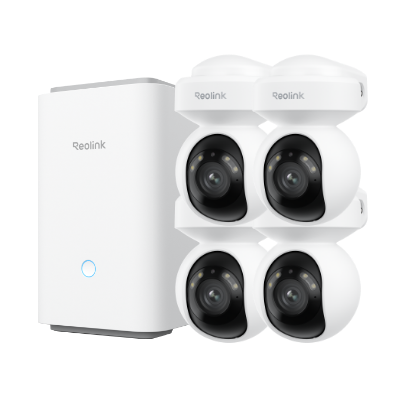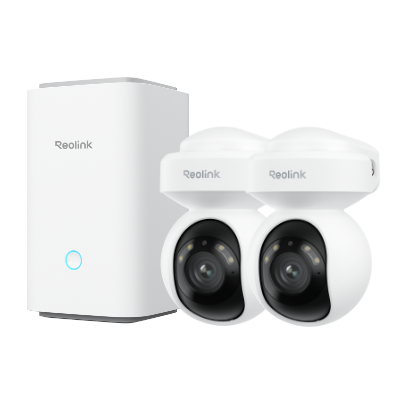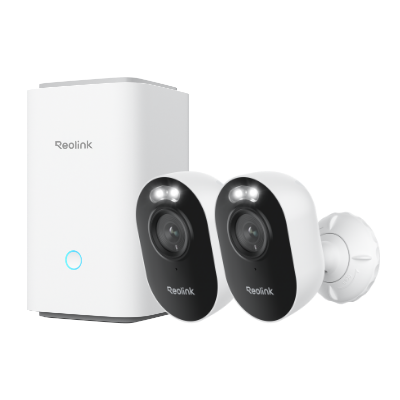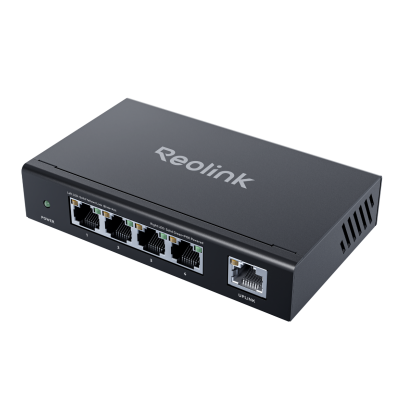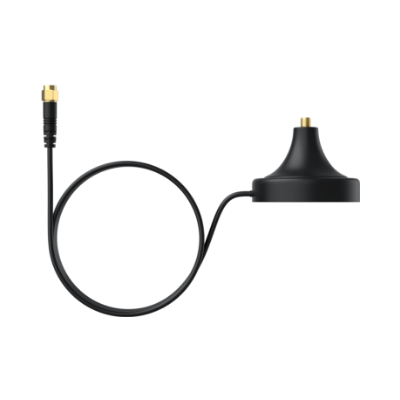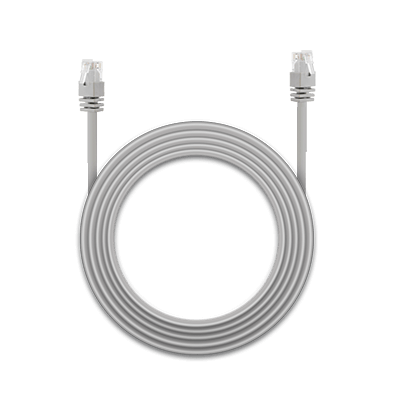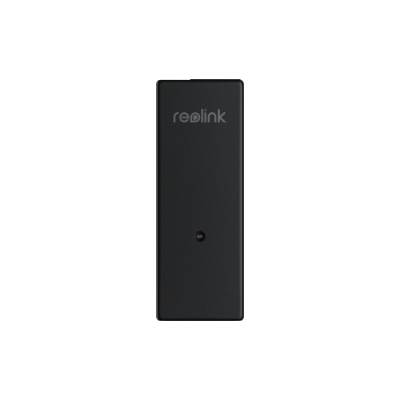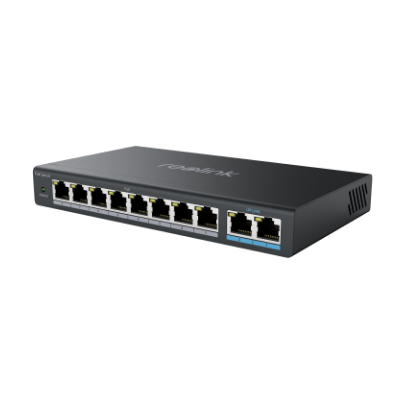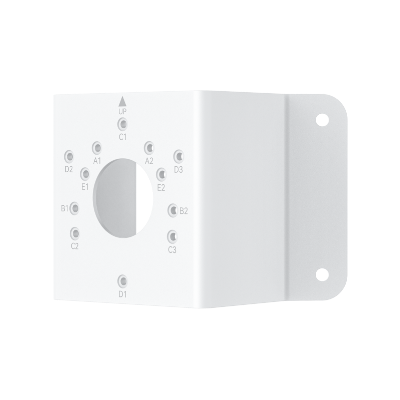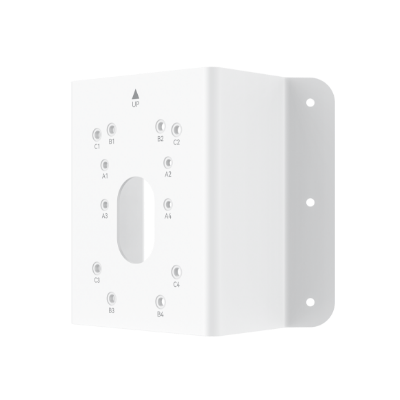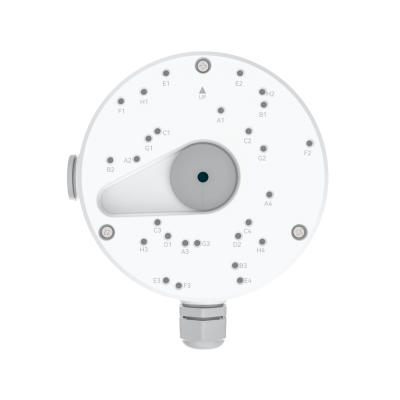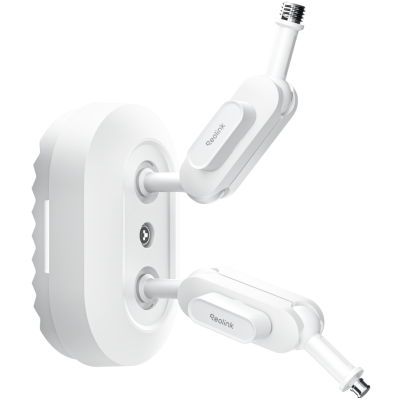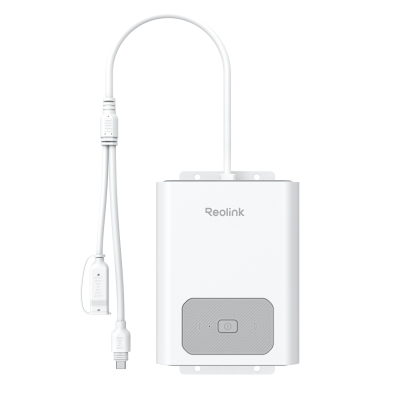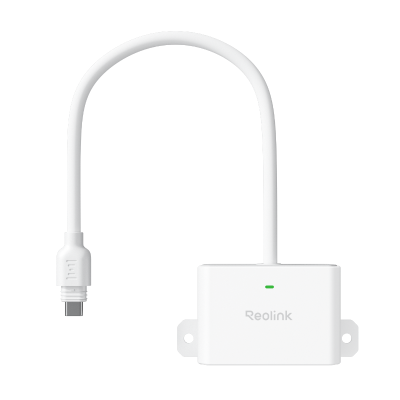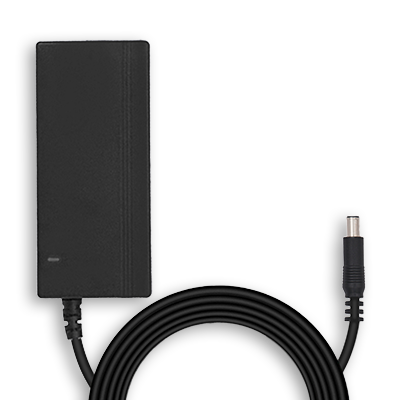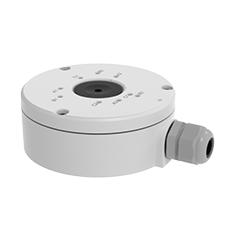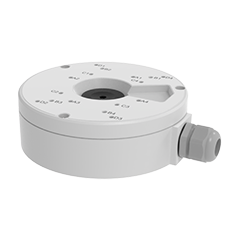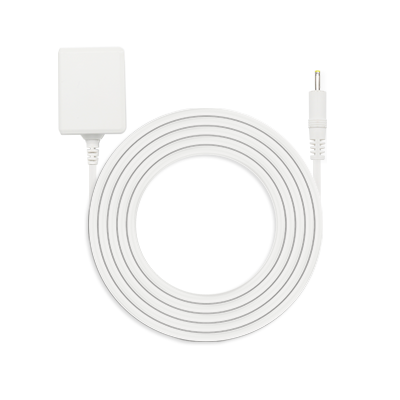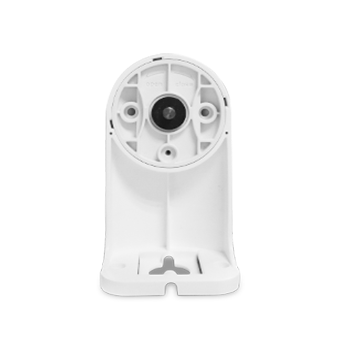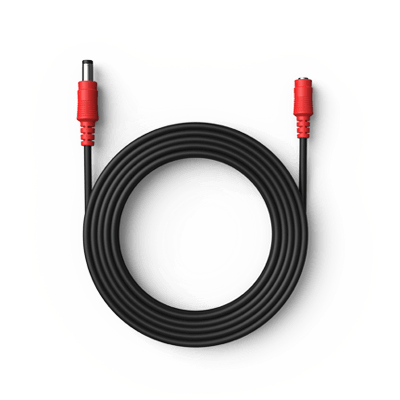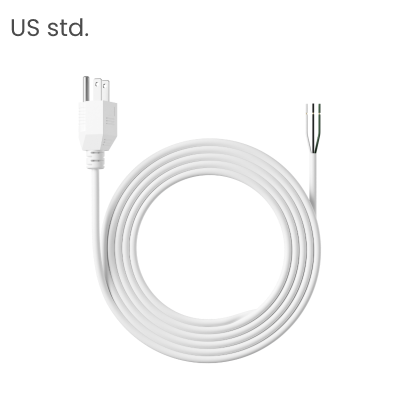Addressable Fire Alarm System: Elevate Your Security

Ensuring the safety and security of your property is a top priority for any property owners and facility managers alike. When it comes to safeguarding your premises, a reliable fire alarm system is paramount. In the event of a fire, every second counts, and early detection is crucial for minimizing damage and enabling swift action to minimize harm and protect occupants.
In this article, we will explore addressable fire alarm systems and how they can significantly enhance your security measures. Keep reading to discover how addressable fire alarm systems can substantially bolster your security measures.
What is an Addressable Fire Alarm System?
An addressable fire alarm is an advanced and intelligent approach to fire detection. This system uses sophisticated technology to detect and pinpoint the exact location of a fire. Each device in an addressable system including a smoke detector, heat detector or manual call point is interconnected and constantly communicates with a central monitoring station.
Addressable fire alarm systems are often preferred in larger or more complex building structures, such as commercial buildings, hospitals, schools, and industrial facilities, where precise detection and localization of fire events enable fast responses to mitigate damage and save lives.
Note:
In contrast, a conventional fire alarm system is a wired system with radial installation. The main control panel acts as a central unit, with radial connections extending to different zones throughout the building. Each zone connects to a specific circuit for fire and fault detection. Conventional fire alarm systems are commonly found in residential and small commercial buildings.
How Does an Addressable Fire Alarm System Work?
Addressable fire alarm systems work by having each detection and notification device interconnected and connected to a control panel through digital signals. Just like a computer, addressable fire alarm systems send digital signals in binary code which helps to pinpoint the exact location of smoke or fire, thereby increasing device reliability and enhancing safety.
Addressable fire alarm systems also provide useful information about things like smoke density, heat intensity, and other crucial elements. This helps determine optimal escape routes and enables the fire department to accurately assess the level of danger and find the best solution.
What Are the Components of an Addressable Fire Alarm System?
Addressable fire alarm systems have several essential components that work together. These basic components include:
Control panel
The fire alarm control panel acts as the central command center of the fire alarm system, overseeing system integrity, inputs, outputs, and the relay of vital information. Upon activation of an initiating device, a signal is transmitted to the fire alarm control panel, which subsequently activates the notification devices or sounds the alarm.
In the case of addressable fire alarm systems, the control panel may also incorporate digital circuits for data transmission to all devices, offering the flexibility to program them according to specific zones.
Initiating devices
Initiating devices include smoke detectors, gas detectors, heat detectors, flame detectors and manual call points, which actively monitor the environment for signs of fire and trigger the appropriate response. Meanwhile, addressable initiating devices signal the exact location of an emergency.
Notification devices
Notification devices, including strobe lights, horns, sirens, bells, and a combination of strobe and horns, effectively alert individuals to the presence of a threat. In addition to visual signals provided by strobe lights, audible notifications may include specific instructions for a safe evacuation.
Advanced mass notification systems offer the flexibility to deliver tailored messages and custom audible alerts based on the nature of the event, further enhancing communication and response capabilities in emergencies.
Power supply
The power supply of a fire alarm system relies on a 120- or 240-Volt AC power source provided by the local power company. This serves as the primary source of power to ensure that the system can operate without interruption.
However, in the event of power outages or failures, a backup power supply is essential. In this case, the fire alarm system seamlessly switches to a backup power source, typically consisting of 6- or 12-Volt batteries.
How to Wire Addressable Fire Alarm System?
When wiring an addressable fire alarm system, careful installation and reference to a detailed wiring diagram are essential to ensure a successful and reliable setup. Let's start.
How to install an addressable fire alarm system?
Installing an addressable fire alarm system can be done in five simple steps:
- Create an installation plan based on the building layout and the placement of control panels, initiating devices, and notification devices.
- Install the control panel in a central location and mount the initiating devices (smoke detectors, heat detectors) in strategic areas according to the installation plan.
- Route and connect the wiring between the control panel, initiating devices, notification devices, and power supply.
- Assign unique addresses to each device using the control panel programming interface.
- Test each device to verify the system's reliability and accuracy.
The addressable fire alarm system wiring diagram
Here is a done-for-you fire alarm system wiring diagram you may use as a template:
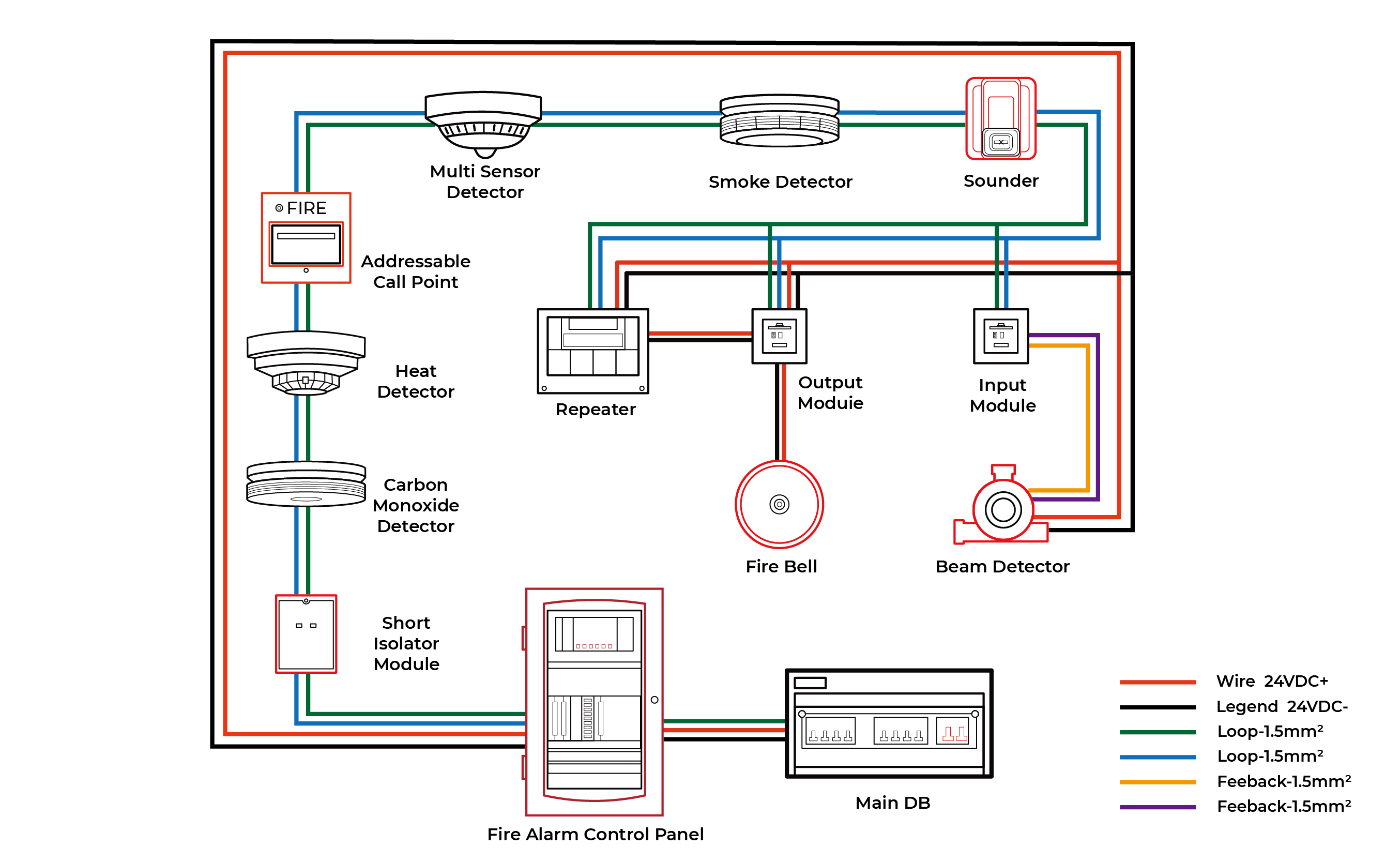
Common Addressable Fire Alarm System Brands
When selecting addressable fire alarm systems, there are several notable brands on the market that offer reliable and feature-rich solutions. Here are some popular brands known for their expertise in this field and the quality of their products.
Honeywell
Honeywell's Fire Alarm Systems provide comprehensive fire protection solutions with a wide range of products including control panels, detectors, and call points. These advanced systems enable fast detection and swift evacuation, ensuring prompt alerts and effective response to minimize damage.
Siemens
Siemens, a highly reputable fire safety brand, offers maximum protection for both employees and businesses alike. Their fire alarm systems are designed to detect smoke at its earliest stages, preventing it from spreading and causing extensive damage. With intuitive and user-friendly interfaces, Siemens systems are easy to operate.
Bosch
Bosch's Fire Alarm Systems utilize advanced fire detection technology. Their video-detection system employs intelligent algorithms to scan areas for fires, accurately distinguishing between real emergencies and false alarms. With user-friendly installation and customizable settings, Bosch's systems deliver reliable and efficient fire detection capabilities.
Note:
The price of Honeywell, Siemens and Bosch's fire alarm systems can vary depending on the specific model and system size, ranging from several hundred dollars to a few thousand dollars.
Addressable Fire Alarm Systems vs Conventional Fire Alarm Systems: Pros and Cons
While both addressable and conventional fire alarm systems serve the purpose of fire detection and alarm, there are significant differences between the two. We’ll explore each of them, including the pros and cons, in this section.
Comparision table
Addressable Fire Alarm System Pros:
One of the key advantages of an addressable fire alarm system is its wiring configuration. With this system, devices are interconnected, allowing for precise communication and data transmission. Some benefits of the wiring system in addressable systems include:
-
Enhanced Detection Accuracy: Addressable systems provide detailed information about the exact location of a fire, enabling quick response. Simplified Maintenance: The interconnectivity of addressable devices makes it easier to identify and address maintenance needs, reducing downtime.
-
Expandability and Flexibility: Addressable systems can be easily expanded or modified to accommodate changes in building layouts or occupancy requirements.
-
Precise Location Identification: Addressable systems assign a unique address to each field device, enabling precise identification of the location where the alarm was triggered.
-
Quick Response: With detailed information provided by the panel, emergency personnel can respond swiftly to the specific device and its location, reducing response times and improving overall safety.
Addressable Fire Alarm System Cons:
-
Cost: The wiring complexity of addressable systems may result in higher installation and equipment costs compared to conventional systems.
-
Skill Requirements: Proper installation and configuration of addressable systems require technical expertise, which may require professional assistance.
Conventional Fire Alarm System Pros:
Conventional fire alarm systems, on the other hand, utilize a simpler wiring structure with radial installation. Here are some pros and cons of the wiring system in conventional systems:
-
Cost-Effective: Conventional systems are generally more budget-friendly, making them suitable for smaller buildings or projects with limited budgets.
-
Easy Installation: The radial wiring configuration simplifies installation, and the system can be easily set up and expanded as needed.
-
Simplicity: Conventional fire alarm panels utilize zone-based alarms, which provide a general indication of the triggered alarm within a specific zone.
Conventional Fire Alarm System Cons:
-
Limited Detection Information: Conventional systems provide zone-based detection, lacking specific information about the exact location of a fire within a zone. Manual inspection of devices is necessary to identify the exact source of the alarm.
-
Maintenance Challenges: Identifying the precise location of faults or issues can be more time-consuming in conventional systems due to the lack of device-specific information.
In summary, while addressable systems offer advanced features and precise detection, they come with higher costs and greater technical requirements. Conventional systems are more cost-effective but provide limited detection information and may pose maintenance challenges.
Also, conventional fire alarm systems provide zone-based alarm indications, while addressable systems offer the advantage of precise location identification for triggered alarms. Finally, addressable systems provide quick response times, efficient troubleshooting, and enhanced safety, but they come with higher costs and technical complexity. The choice between the two depends on the specific needs and priorities of the building or facility.
FAQs
1. Can an addressable fire alarm system be integrated with other building systems?
Yes. By integrating the fire alarm system with systems such as HVAC, access control, and security, various actions can be triggered automatically in response to fire alarms, leading to improved emergency response and efficient monitoring and control.
2. Is an addressable fire alarm system analogue or digital?
Addressable fire alarm systems combine analogue and digital technology. Detectors in addressable systems utilize analogue sensor technology to detect changes in heat or smoke levels. The analogue data captured by these detectors is then converted into digital data before being transmitted to the main control panel.
3. What are the benefits of addressable fire alarm systems?
The benefits of addressable fire alarm systems include:
- Precise detection and location of fire or emergency events.
- Efficient evacuation and occupant safety.
- Reduction of false alarms.
- Remote monitoring and control capabilities.
- Scalability and flexibility to adapt to different building types.
- Data analysis for system optimization and compliance reporting.
4. Which fire alarm system is the simplest of all systems?
The simplest fire alarm system is a conventional system because they have a straightforward design and operation. They typically consist of basic components such as detectors, zone circuits, and a control panel. The wiring layout is relatively simple, with detectors connected to specific zones, allowing for the general identification of alarm locations.
5. What are the other 3 types of fire alarm systems?
Besides addressable fire alarm systems and conventional fire alarm systems, there are 3 types of fire alarm systems.
-
Analog Fire Alarm System: Analog systems use analog sensors that continuously monitor the environment for changes in smoke, heat, or other fire-related factors.
-
Wireless Fire Alarm System: Wireless systems utilize wireless communication technology to connect detectors and devices, eliminating the need for extensive wiring.
-
Voice Evacuation Fire Alarm System: This system combines fire detection and notification with voice messages for evacuation guidance.
Conclusion
Implementing an addressable fire alarm system is a valuable investment. With advanced features such as precise location identification, quick response times, and the ability to integrate with other security systems, addressable fire alarm systems provide comprehensive protection against the devastating effects of fire.
Whether used in residential or commercial settings, addressable fire alarm systems offer enhanced security and peace of mind, ensuring the safety of occupants and safeguarding valuable assets.
If you think this article could be helpful to someone you know, please forward it to them. If you have other questions about fire alarm systems, leave a comment below!
Search
Subscribe for the Latest Updates
Security insights & offers right into your inbox

